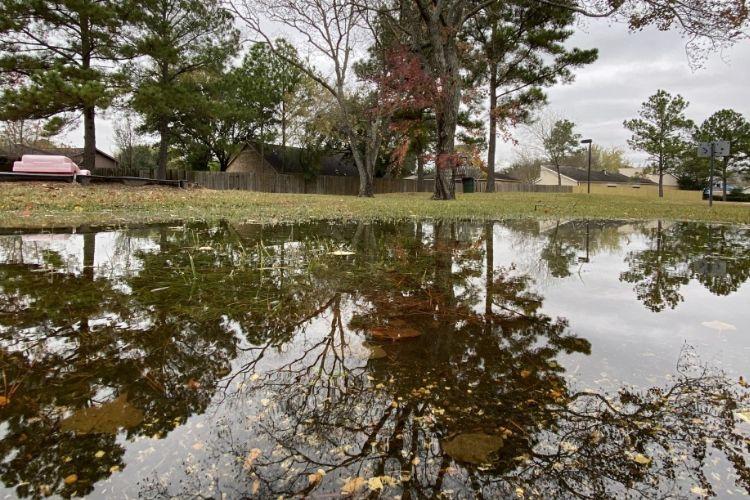
Fresh water is a precious resource and should be treated as such.
Stormwater management used to dictate getting water off the site as quickly as possible. That has only proven to push the problem downstream and the damages caused are many. We have over compensated our collective desire to escape getting “stuck in the mud”.
Hard paved surfaces, such as roads and parking lots, quickly transfer water to municipal storm drains. This surge on the storm sewer system results in flash flooding and higher consumer costs in water-related infrastructure. Along with the rain water go contaminants left by auto and foot traffic. Pollutants and sediment build-up to further exacerbate the strain on the storm sewer system and beyond.
Take a look at how your property interrupts water’s natural cycle between sky and earth and ocean. The ideal situation captures stormwater, slows it down, cleanses it, reuses it, or allows it to infiltrate into the ground.
Natural Filtration
Stormwater runoff can be filtered and slowed through natural methods. Divide parking areas with smart vegetation. Plant bioswales, which are depressed areas planted with specific types of plants that clean water as it soaks into the ground. Larger strategies involve constructed wetlands, mechanical filtering systems and bioretention basins.
Whether they are called rain gardens, bioretention, stormwater management facilities or eco facilities, localized stormwater management strategies all perform the same basic function of filtering water. They offer additional benefits to building occupants and neighbors by providing attractive landscape amenities. In urban areas these strategies typically need an overflow connection to existing storm water infrastructure to handle larger storm events.

